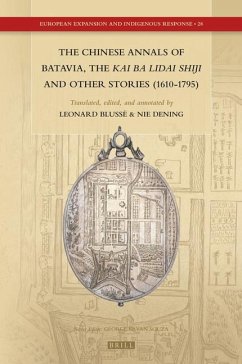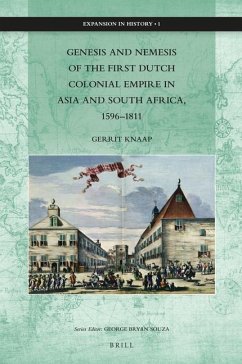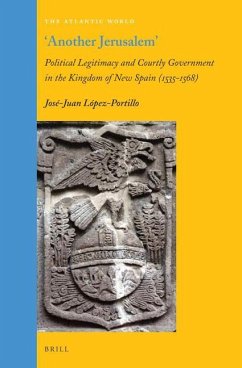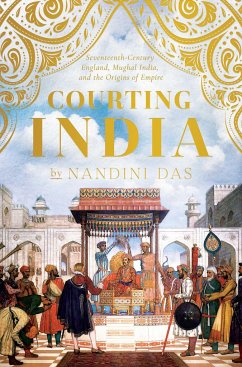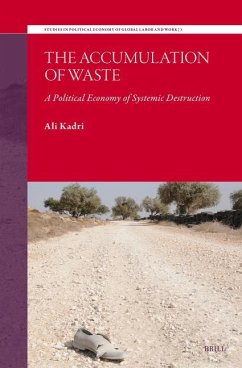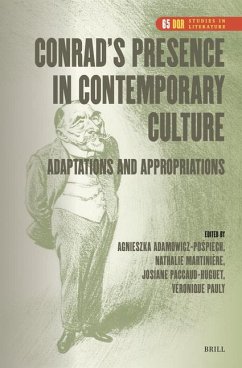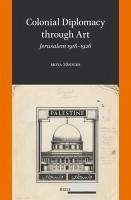
Colonial Diplomacy Through Art
Jerusalem 1918-1926
Versandkostenfrei!
Versandfertig in über 4 Wochen
141,99 €
inkl. MwSt.

PAYBACK Punkte
71 °P sammeln!
In this groundbreaking art historical study that centers on Jerusalem under British rule, Moya Tönnies investigates how individual colonial actors tried to influence official colonial policy. She shows how from an early stage onwards, Great Britain's Jewish National Home policy divided government circles and policy makers in London and in the Middle East. She analyses how three members of the British administration of Palestine used art as a diplomatic sphere for the protection of Arab Palestinian heritage. Between 1918 and 1926, artist C. R. Ashbee, architect Ernest Tatham Richmond, and gove...
In this groundbreaking art historical study that centers on Jerusalem under British rule, Moya Tönnies investigates how individual colonial actors tried to influence official colonial policy. She shows how from an early stage onwards, Great Britain's Jewish National Home policy divided government circles and policy makers in London and in the Middle East. She analyses how three members of the British administration of Palestine used art as a diplomatic sphere for the protection of Arab Palestinian heritage. Between 1918 and 1926, artist C. R. Ashbee, architect Ernest Tatham Richmond, and governor of Jerusalem Ronald Storrs, all three identifying with the International Arts and Crafts Movement, attempted to slow down and counteract the implementation of Zionist culture by emphasizing the Arab character of local cultural heritage. This included their attempts to facilitate the overdue restoration of the Dome of the Rock in order to discourage contemporary pronouncements calling for the rebuilding of the Third Temple. The Temple Mount dispute and numerous other art-related aspects within the historic Zionist-Arab conflict are meticulously researched. In her innovative approach, building on archive material and artefacts, the author illustrates the complexity of British rule in Palestine through the arts.




